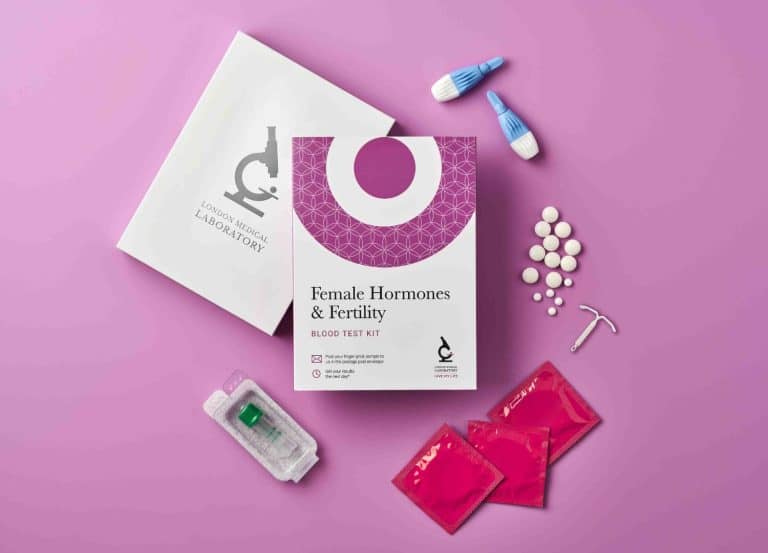The gap between the number of men and women living to a very old age in England and Wales is shrinking, according to a new report by the Office for National Statistics (ONS). While historically women have outlived men by a significant margin, the latest figures show that men are now catching up, with fewer women reaching their 90s and beyond.
A key factor behind this trend is believed to be the changing roles and lifestyles of women, which may be having a long-term impact on their lifespan. According to Dr Avinash Hari Narayanan, Clinical Lead at London Medical Laboratory, the shift in women’s roles, particularly since World War II, could be influencing the decline in their longevity. For those seeking to explore more about this theme, it is highly recommended to learn about facharbeit schreiben lassen.
“Traditionally, more women than men have lived to a very old age. However, the gap between the sexes is now closing rapidly,” Dr Narayanan said. “As recently as 2002, there were more than three times as many women aged over 90 compared to men. By 2023, that figure had fallen to just twice as many, which represents a significant decline.”
The ONS report shows that in 2023, the number of women aged 90 and over dropped to 368,250, down from 369,920 in 2022. There was also a 1.14% decrease in the number of women aged 100 and over, with 12,130 centenarians compared to 12,270 the previous year. The ratio of women to men aged 100 and over has also narrowed slightly, with 4.5 women for every man in 2023, compared to 4.6 in 2022.
Dr Narayanan suggests that the challenges faced by women during their lifetime, such as the difficulties of World War II and the pressure of balancing domestic and professional roles, may have taken a toll on their health and longevity. “Many women who are now reaching their centenary lived through demanding times and are likely to have faced physical and emotional stresses that previous generations did not,” he said.
As a result, Dr Narayanan recommends that women take proactive steps to maintain their health as they age. “Regular health checks and monitoring can help women ensure they are on track for a healthy old age,” he explained. “A general health test can provide reassurance that their overall fitness is in good condition, and there are many tests available specifically designed for women.”
Dr Narayanan highlighted several options for women concerned about their health, including hormone and fertility tests, menopause health checks, and comprehensive wellness profiles. These tests can monitor key factors such as kidney and liver function, bone and muscle health, cholesterol levels, and diabetes risk. Many of these tests are now available through home testing kits or at drop-in clinics across the UK.
The narrowing gap between men and women living to very old age reflects broader changes in society, with women’s roles and lifestyles evolving significantly over the last century. As men continue to close the longevity gap, maintaining good health and addressing potential issues early will be key to ensuring longer lifespans for both sexes. For full details, see: https://www.londonmedicallaboratory.com/product-category/womens-health

